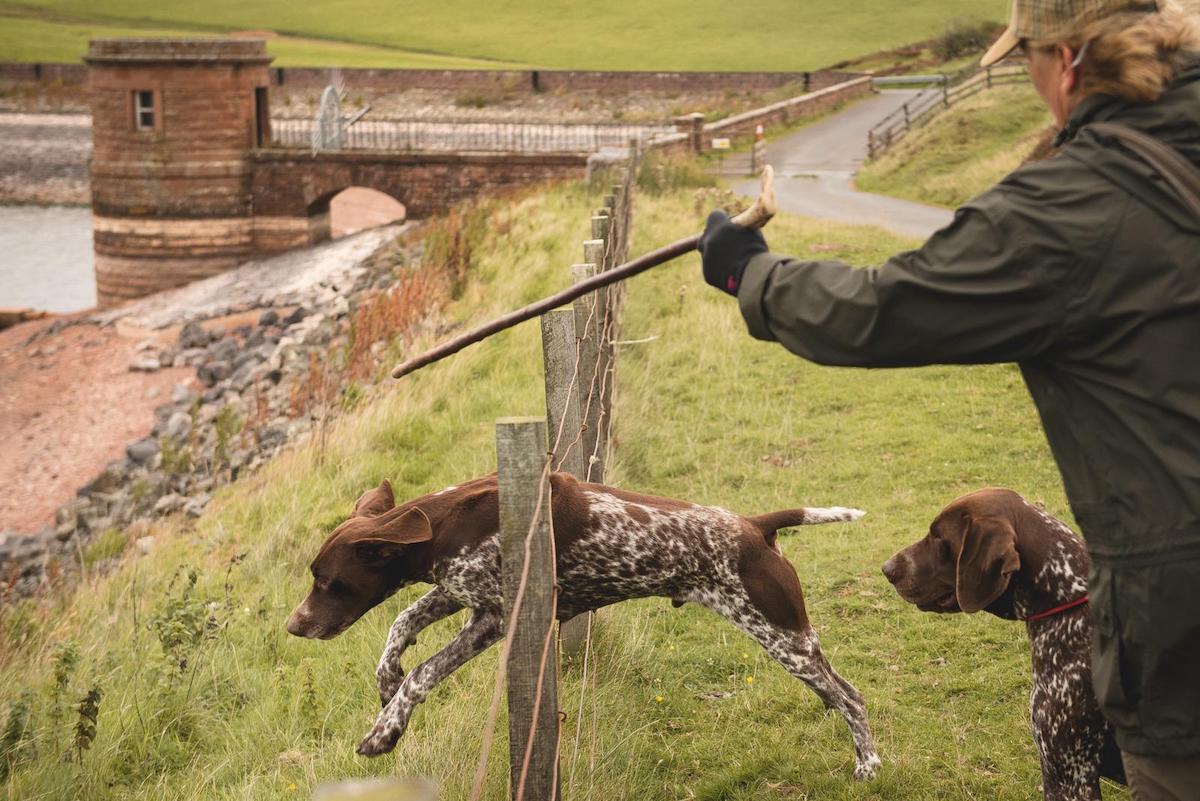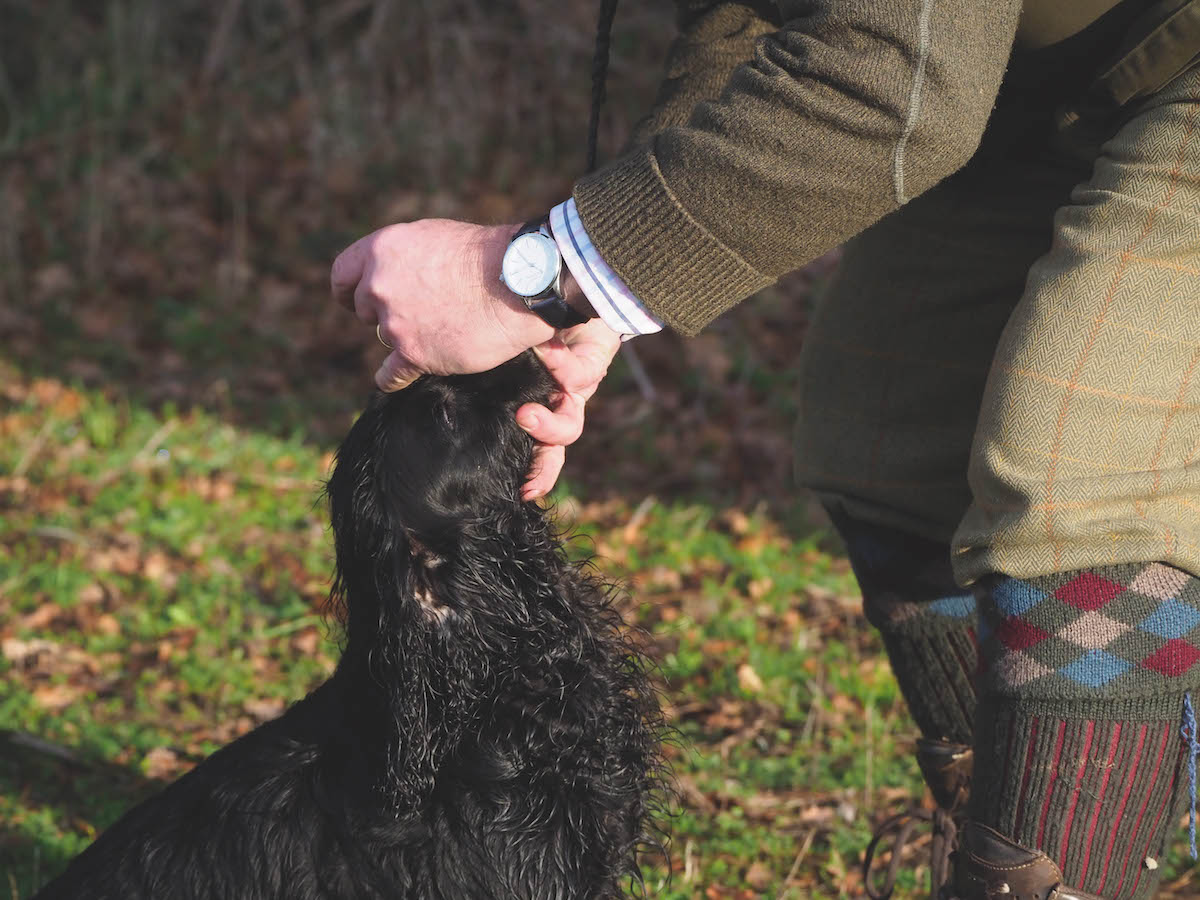Why the Labrador is an endangered breed
The diminishing Labrador gene pool means the UK's favourite breed is open to a host of hereditary diseases, as David Tomlinson explains

The modern Labrador is a gundog breed that suffers from a lack of genetic variety
Spot the odd one out: grey wolf, Labrador, golden jackal, coyote. All four are members of the genus Caninae, and have scientific names prefixed with the word Canis. However, a big clue is that the Labrador is the only one that can be trained to retrieve pheasants, sniff out drugs or work as a guide dog, for it is the only one that has been domesticated. This definitely makes it the odd member of this small canid pack. Perhaps surprisingly, it’s also the only one that is endangered.
Labrador health problems
Endangered? I can hear the splutterings of indignation. How can Britain’s most popular breed of dog possibly be endangered? All of us have been brought up around or even with Labradors, making it all too easy us to take them for granted and to forget that they are a man-made breed of dog, not a unique species like the other canids I mentioned.
However, according to the Kennel Club, the Labrador has an effective population size (EPS) of 81.7. The EPS is a measure of how many individuals are contributing genetically to a breed population and the size of the gene pool. Anything below 100 is regarded as critical and below 50 the breed is threatened with eventual extinction.
Selective breeding
Though there may be hundreds of thousands of Labradors in the UK, the great majority share similar genes as a result of years of selective breeding and the multiple use of favoured sires. This, sadly, makes for Labrador health problems and the breed is susceptible to a host of hereditary diseases, ranging from hip dysplasia to epilepsy.
Wild animal populations also suffer from diseases — all the canids are particularly susceptible to rabies, for example — but hereditary diseases aren’t a problem. A wolf suffering from hip dysplasia would be unlikely to live long enough to pass its genes on to the next generation. The theory of survival of the fittest applies to wild animals, but not to those that have been domesticated. Labrador puppy buyers are always urged to buy only from health-tested parents, sensible advice that I would always endorse, especially when buying a Labrador.
Labrador DNA tests
However, the challenge is knowing which health tests the parents should have had. There are currently DNA tests available for 20 different diseases that are known to afflict labradors.
These range from progressive retinal atrophy (prcd-PRA) to malignant hyperthermia and exercise-induced collapse. I’m not an expert in Labrador diseases, but I had heard of these three. There are several in the list of 20 that I knew little about. Have you heard of nasal parakeratosis or Alexander disease?

The Labrador on the left has cataract, an opaque lens and a dilated pupil. The black Labrador on the right has light reflecting off the lens with a constricted pupil
In addition to those diseases you can have a dog tested for, there are a similar number that occur in Labradors for which there is no test, ranging from cancer — most common are mast cell tumours, osteosarcoma, melanoma, soft tissue sarcoma, brain tumour and lymphoma — to hepatitis and epilepsy. It all makes depressing reading and is enough to make you consider a different breed.
Medical history
However, a sense of perspective is vital. There are not only hundreds of thousands of Labradors in the UK, but many more spread around the world, so it’s hardly surprising that so many different Labrador health problems have been reported. While I have known Labradors that have suffered from several of these diseases — particularly cancers and hip dysplasia — I’ve also known many that lived to a ripe old age without any serious health issues.
I wouldn’t even suggest that Labradors are an unhealthy breed, they are simply one whose diseases have been subject to a great deal of research, which is why we know so much about them.
Health checks you must carry out before breeding Labradors
Q: “I am considering breeding from my young Labrador bitch but have to confess to being overwhelmed by all the…
Even so, buyers should ask the breeder about the medical history of the puppy’s parents, grandparents and great-grandparents, and insist on seeing the certificates for any tests or screenings the parents have had. It’s also worth asking why certain tests weren’t undertaken. There may be sound reasons, but it’s reassuring to know. I would check, too, on the websites of leading breeders of working gundogs to see what health tests their stock has been subject to, as it will give you a good idea of what to expect.
Finding a responsible breeder
Ask to see a copy of the puppy’s pedigree. If possible, get the breeder to send it to you before you see the puppies. You can then do your own research on the Kennel Club’s excellent Mate Select website. It’s also interesting to see if the same names are on the maternal and paternal sides of the pedigree. Responsible breeders will want to know about your puppy’s health. If serious genetic problems arise, it may help with future breeding decisions, perhaps avoiding certain sires or kennels.
Puppy Contract is worth looking at. This aims to encourage the responsible breeding and buying of puppies and involves a number of charities and organisations from the Dog Breeding Stakeholder Group, including the Kennel Club, Dogs Trust and the British Veterinary Association. The Puppy Contract is free to use by anyone who is breeding or buying puppies.











